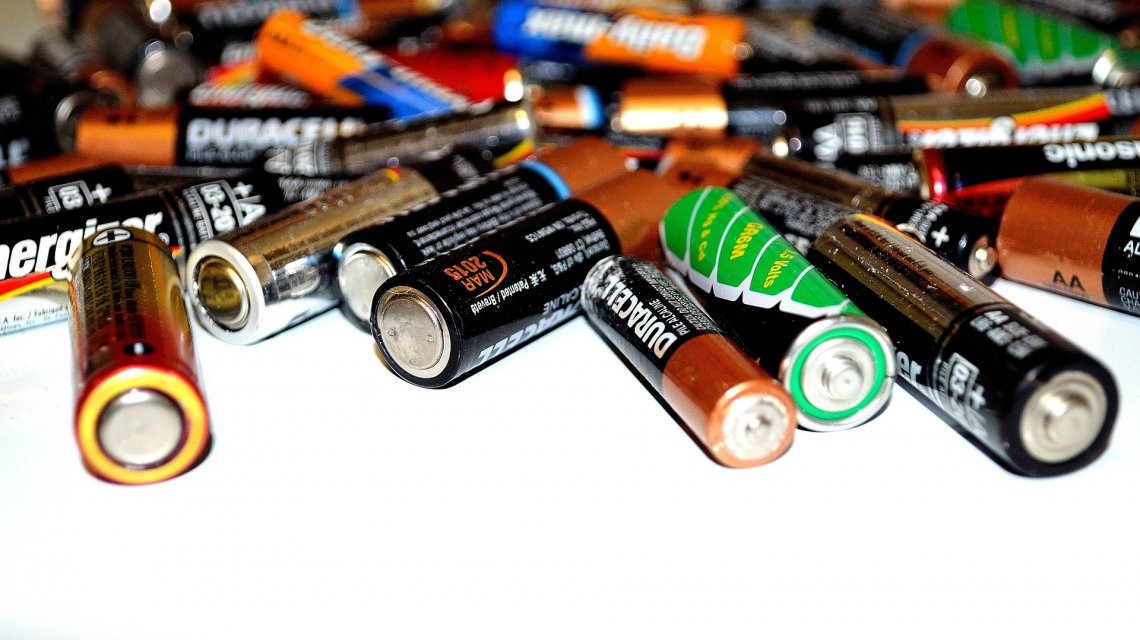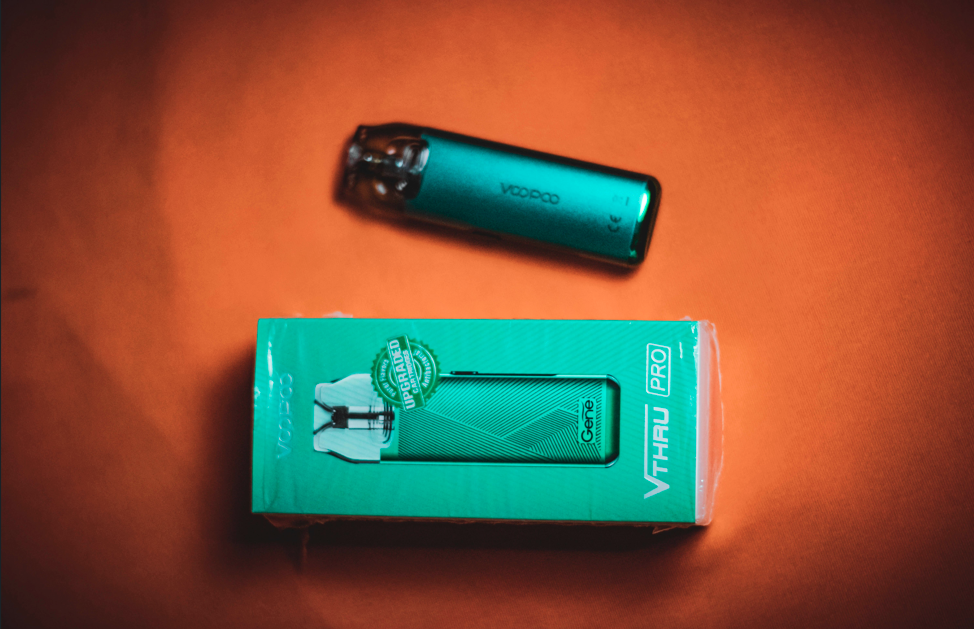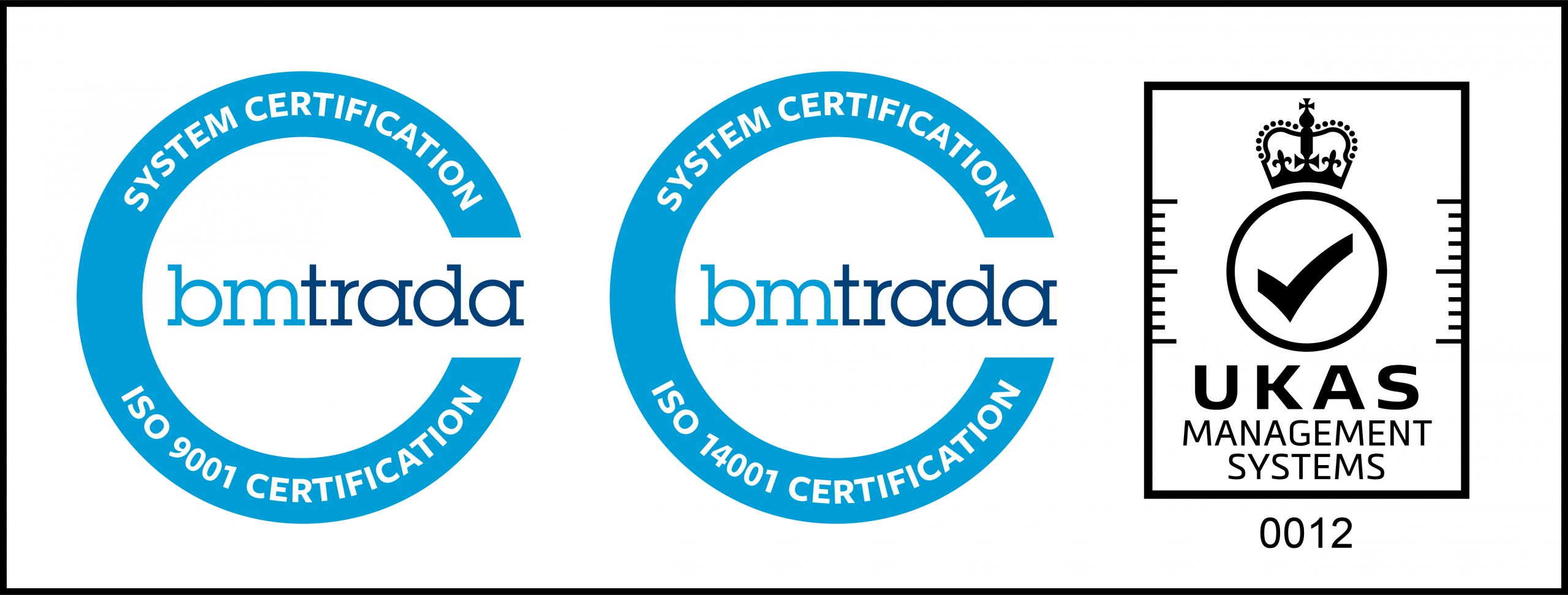Concerns around lead acid batteries ‘masking’ the amount of portable batteries collected in the UK continue to rumble on, despite data for Q1 2022 showing battery recycling targets are likely to be met.
The Environment Agency’s statistics on the National Waste Database (NPWD) on 31 May showed that a total 5,624 tonnes of batteries were collected in the UK between Jan-March 2022.
The UK target collection tonnage in 2022 is 45% of the average annual amount of portable batteries placed on the UK market over the last three years, including 2022.
This means the indicative UK obligation for 2022 using estimates based on the first quarter is 17,968 tonnes, up by 2.5% from 2021.
The 5,624 tonnes collected in the first quarter of the year therefore suggests this target is likely to be met with relative ease.
Lead acid
However, the long running dispute over the makeup of the batteries collected continues to rumble on.
The data shows that of the of the 9,007 tonnes of portable batteries placed on the market in the first quarter. Just 286 were lead acid, 54 were nickel cadmium (Ni-Cd) and 8,668 were ‘other’, mainly portable batteries.
However, of the number of waste portable batteries collected, 3,946 tonnes were lead acid, 137 tonnes were NI-CD and 1,540 were other.
Lead acid batteries are rechargeable and are often found in cars and motorbikes.
The disparity in collection rates is a longstanding issue, and is thought to stem from a difference in interpretation between battery recyclers and producers over which type of lead acid batteries are classified as being ‘portable’ or ‘industrial’ at the beginning and end of life.
This has led to a greater volume of lead acid batteries being collected for recycling than producers are obligated to finance.
There are some concerns that the high number of lead acid batteries in the figures is masking the fact that not enough portable household batteries are being collected, and are instead ending up in landfill or incineration.

















